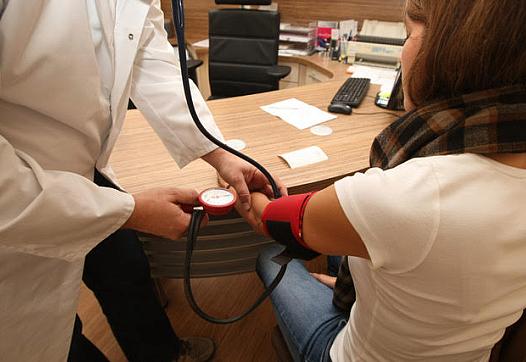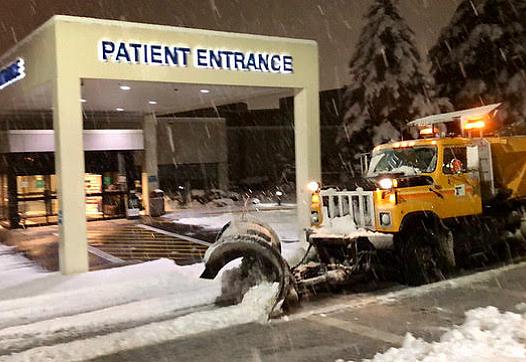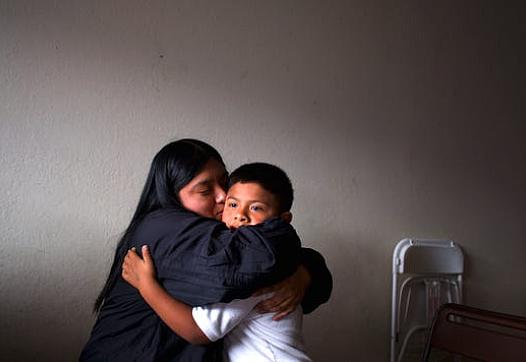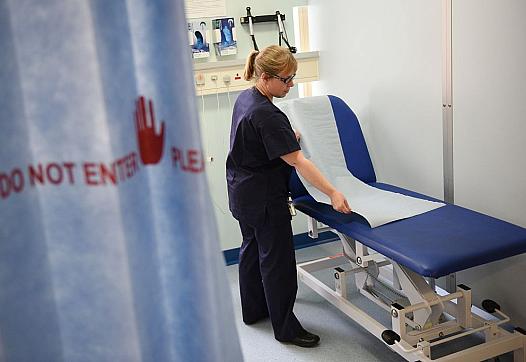
Roughly three months after its first foray north of the Del Norte County line, Food For People’s Mobile Produce Pantry will become a regular fixture in Klamath.

Roughly three months after its first foray north of the Del Norte County line, Food For People’s Mobile Produce Pantry will become a regular fixture in Klamath.

Simon Haeder has studied narrow health insurance networks for years, but it wasn’t until the professor's 4-year-old son cracked his tooth that he really appreciated the practical implications.

This story was produced as a project for the 2020 Impact Fund....

An easily searchable database allows you to see quick visualizations of your hospital system’s most recent financial trends.

This story was produced as a project for the 2020 Impact Fund.

This story was produced as a project for the 2020 Impact Fund....

A rigorous new study finds the "hotspotting" approach to health care super-users doesn't work as well as hoped. It's another case of hype outpacing the evidence.

San Francisco Unified is sharing some good news about graduation rates. Recent data show a jump for African American students -- to nearly 90 percent.

This story was produced as part of a larger project led by Will James, a participant in the 2019 National Fellowship.
Other stories in this series include:
Episode 1: The Rain
Episode 2: What Happened Here
Ballad Health on Monday announced it would reduce prices for patients without insurance, offer discounts to those who can’t afford their high-deductible insurance plans and use artificial intelligence to determine if patients qualify for free or reduced-cost care.